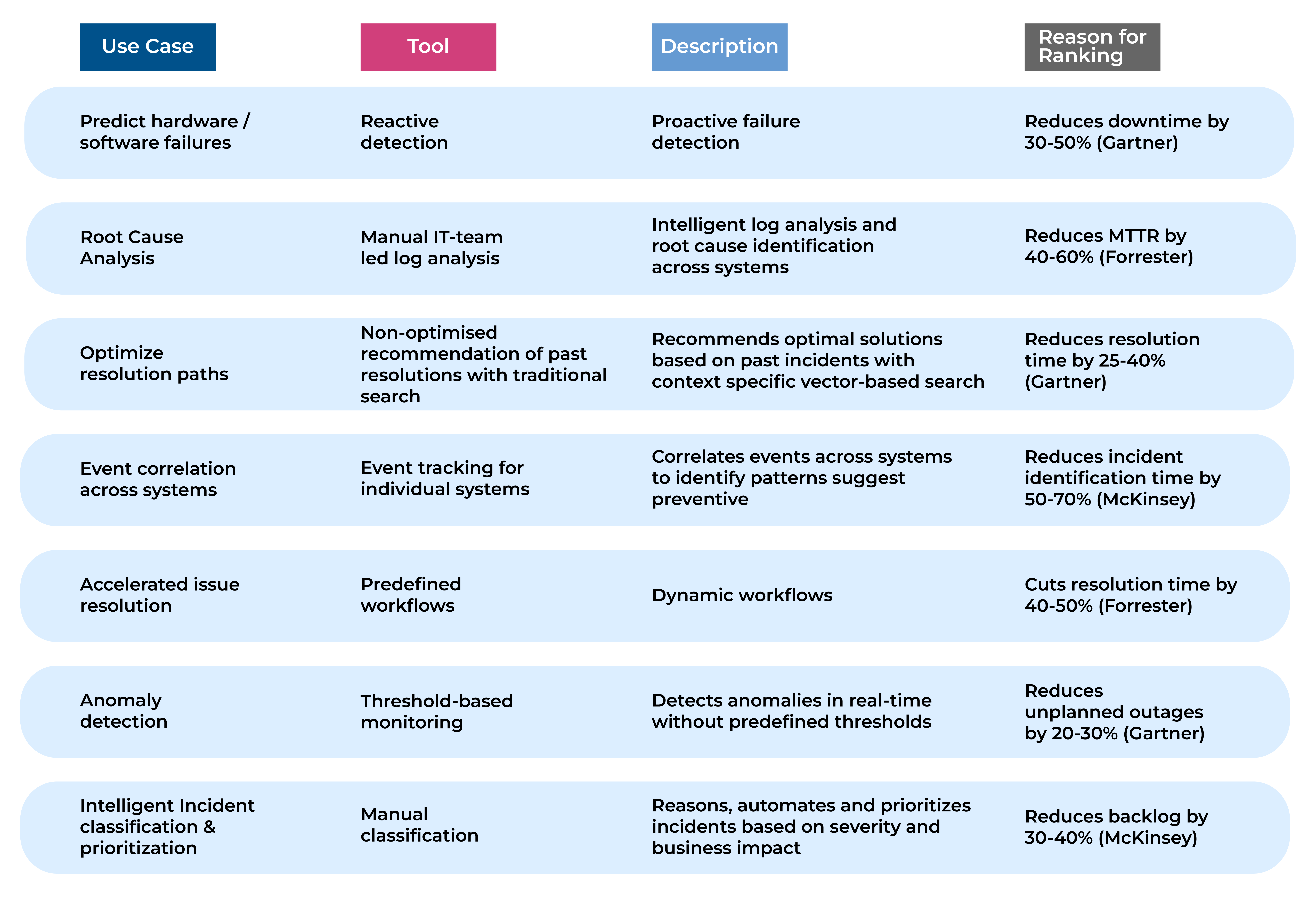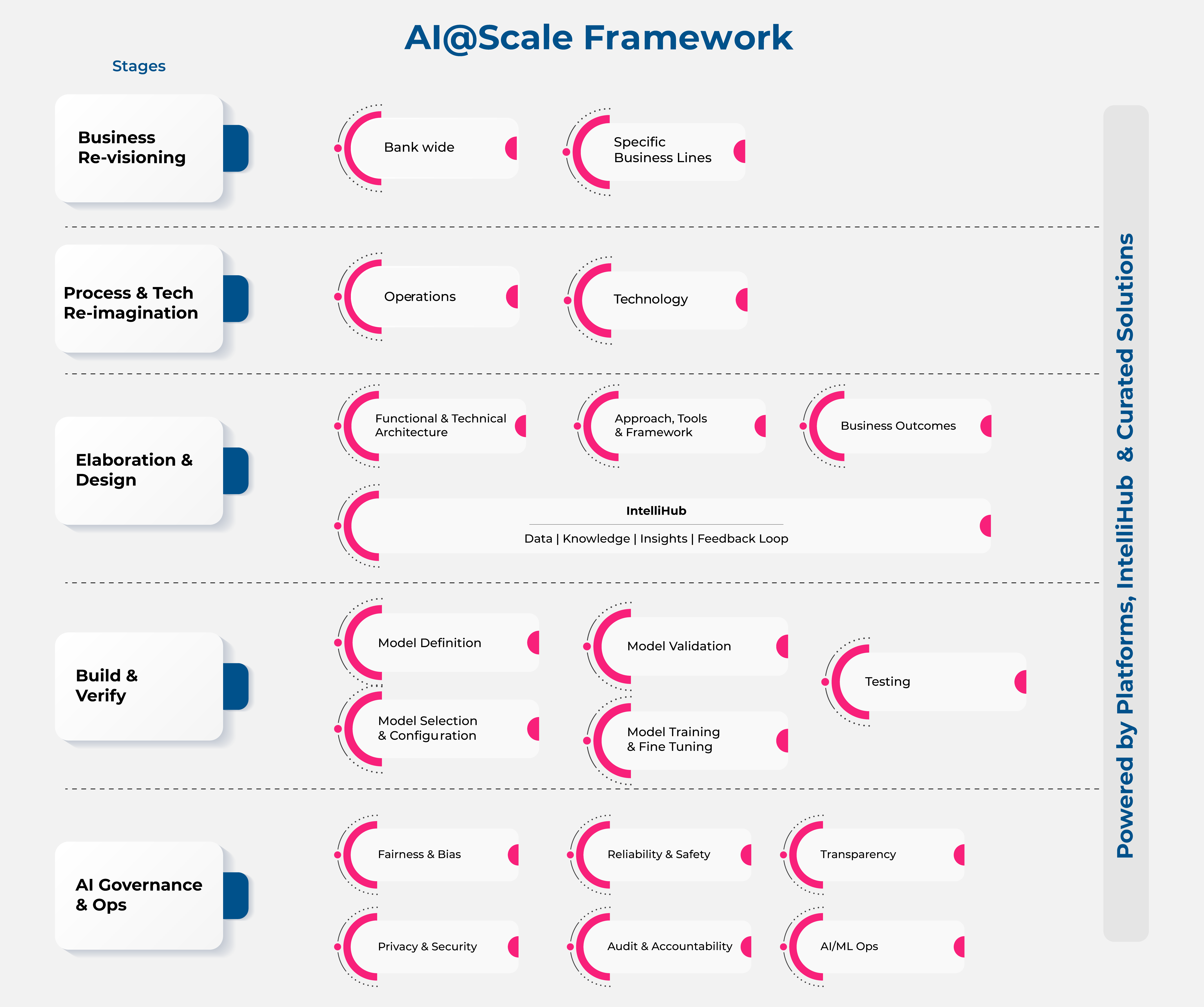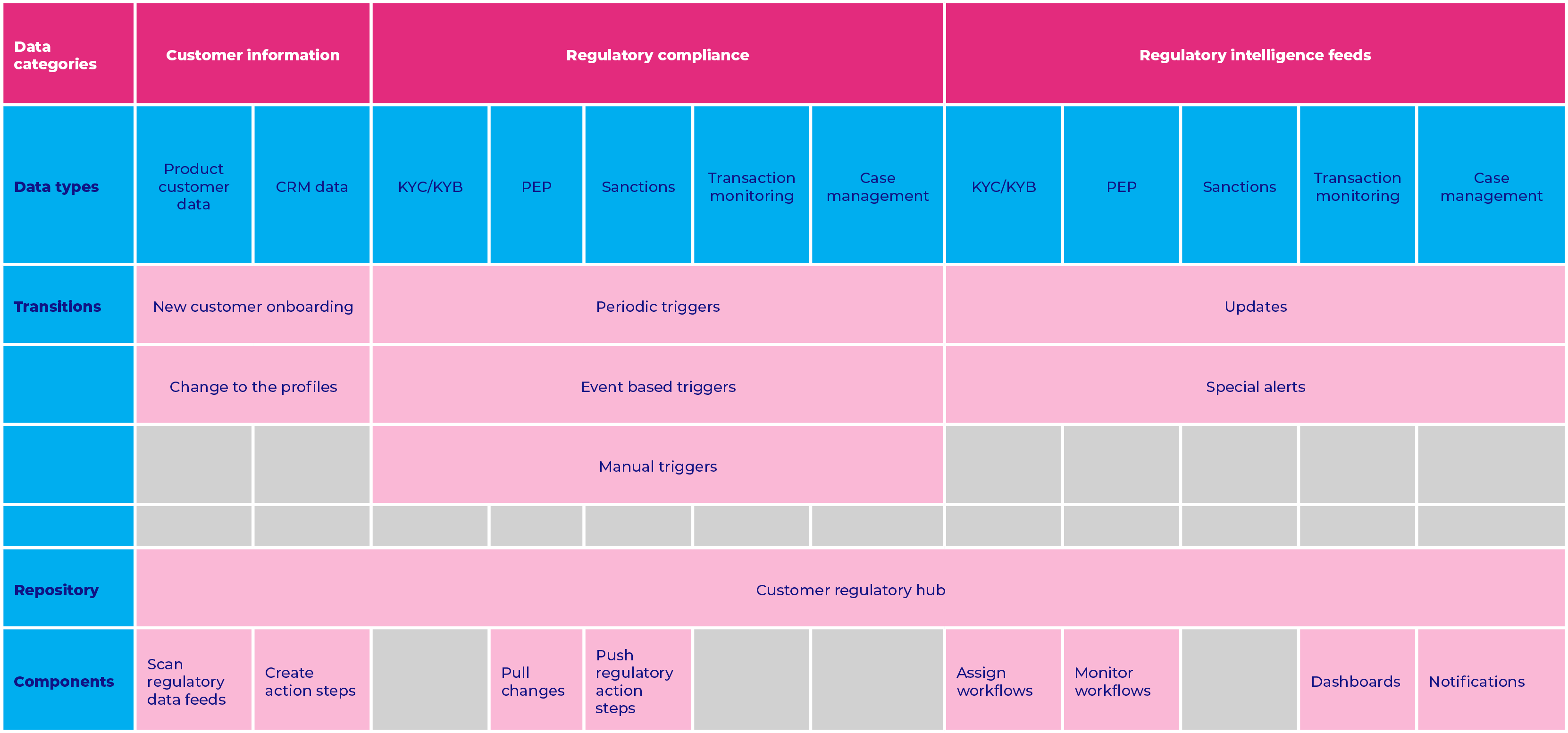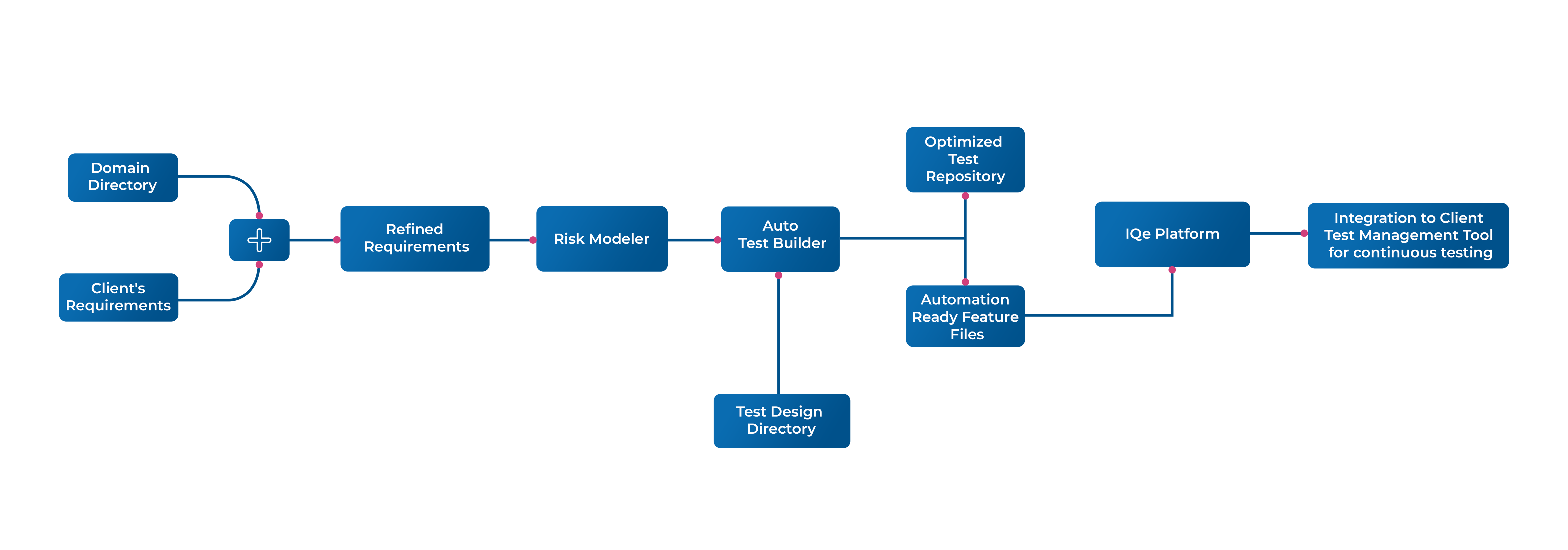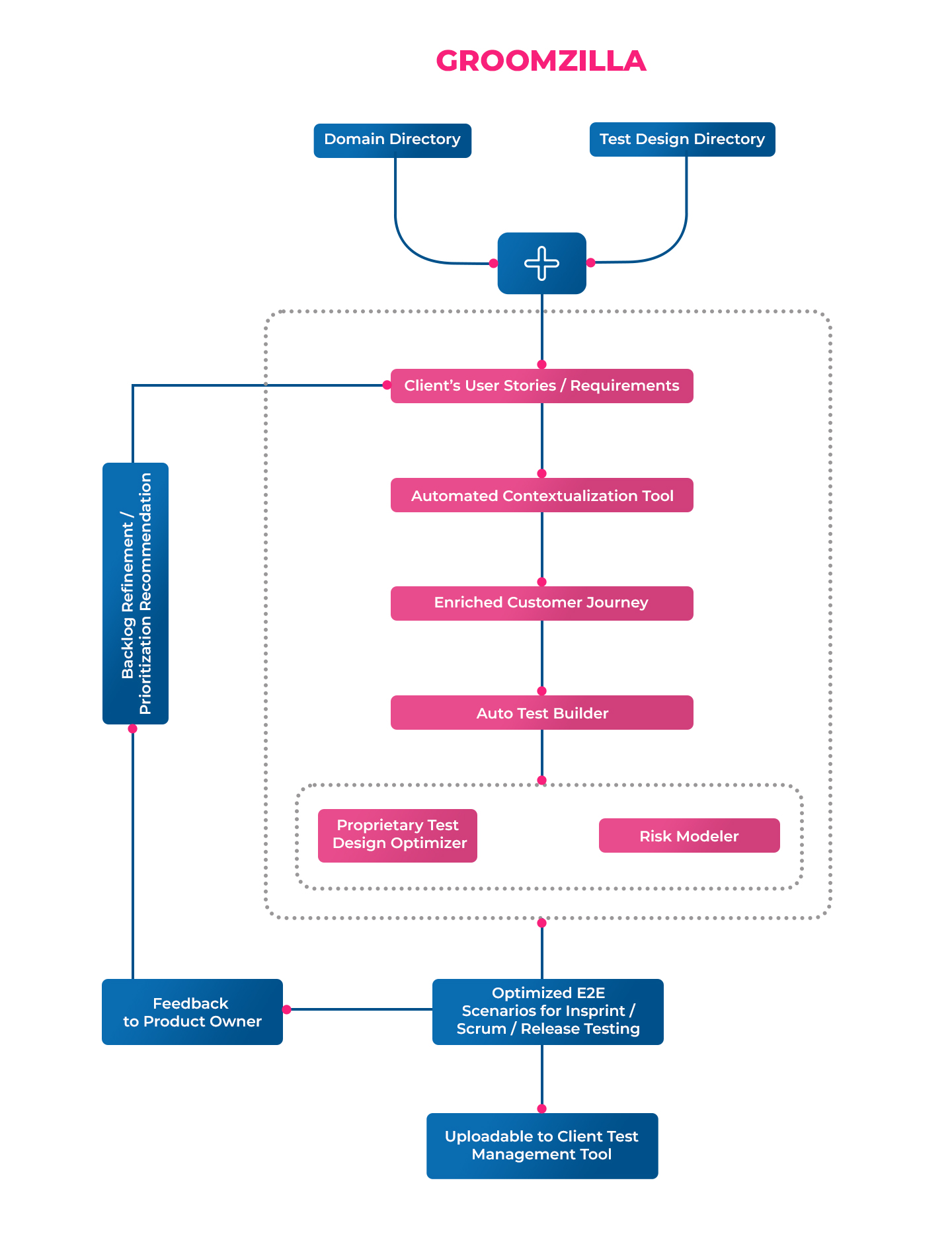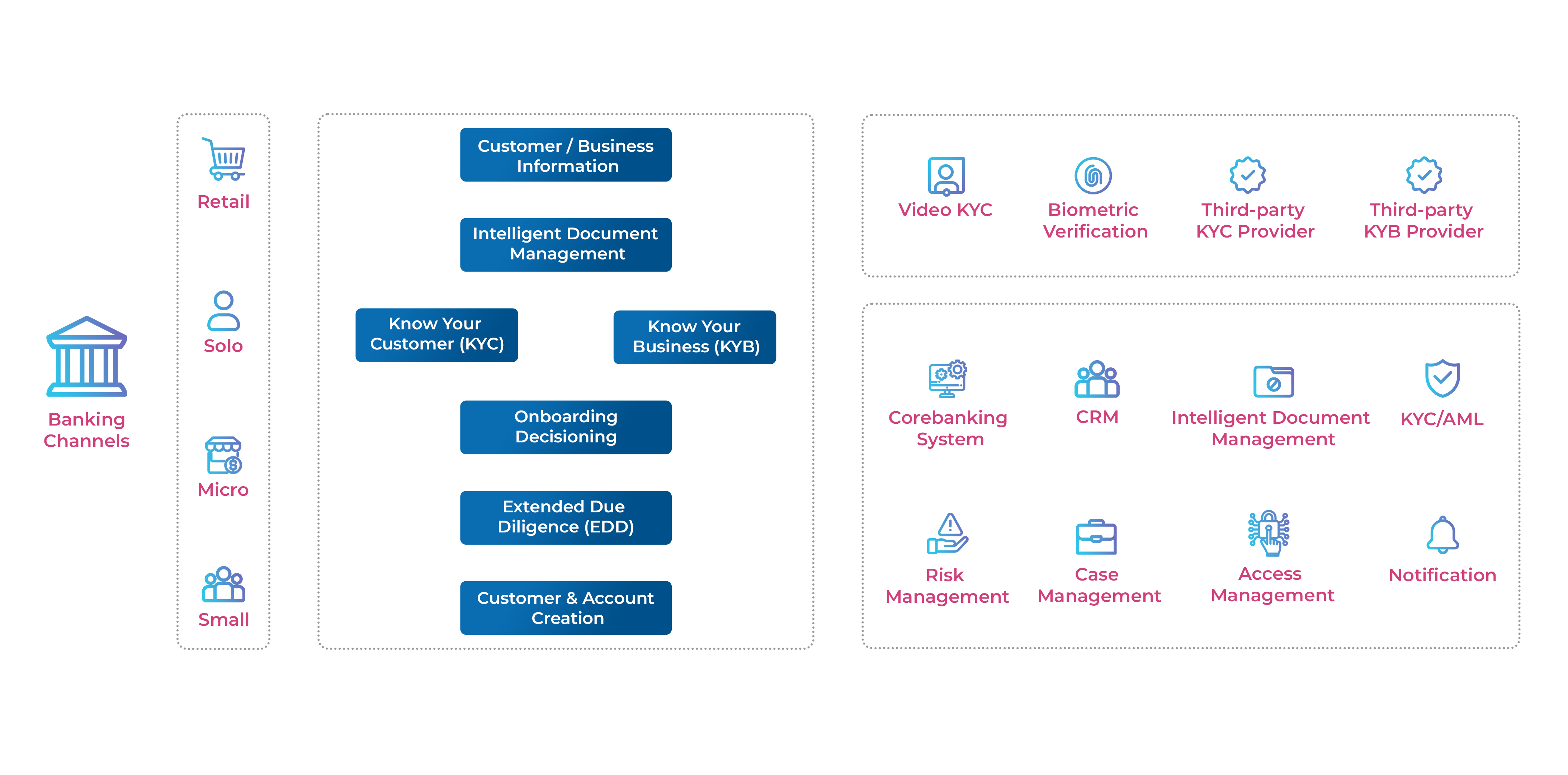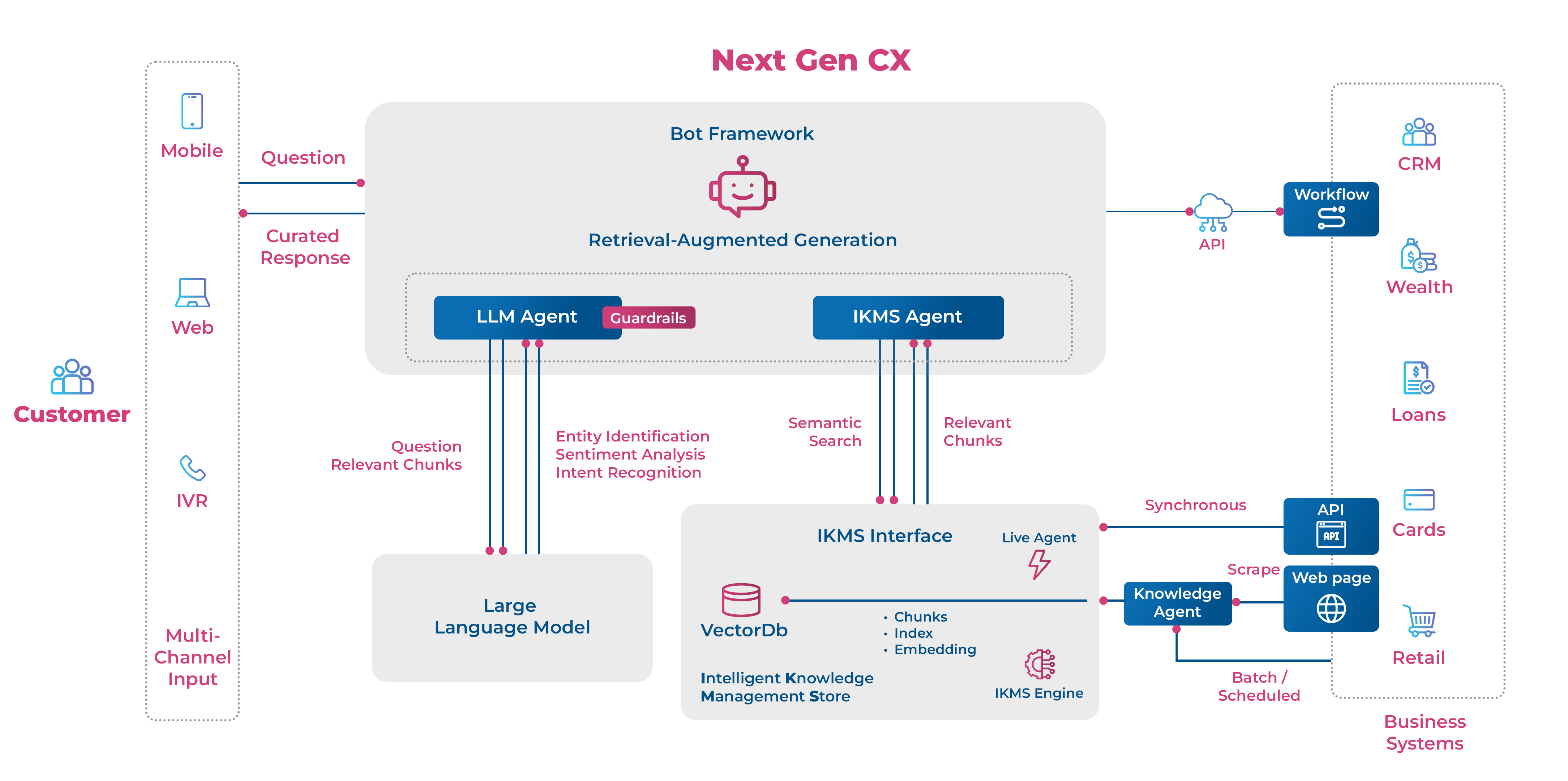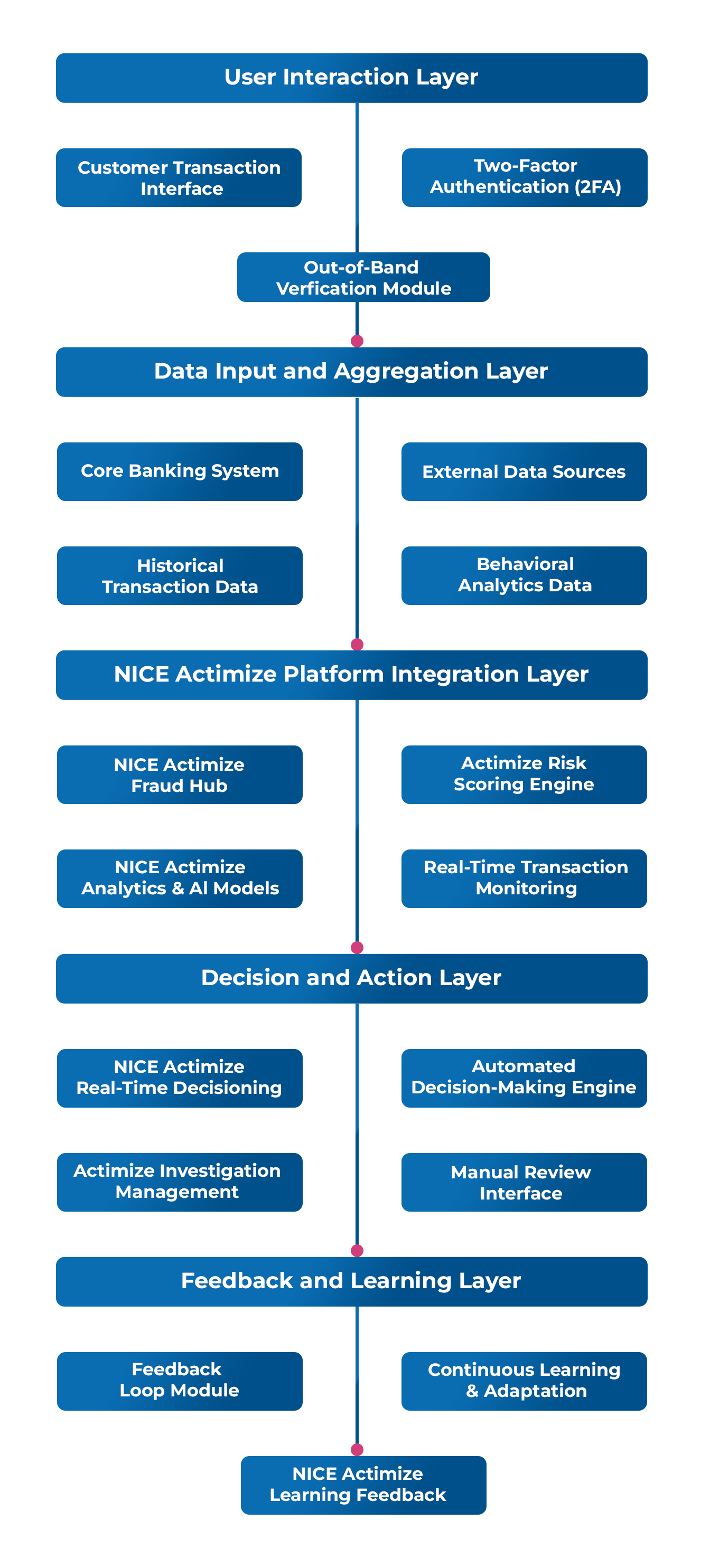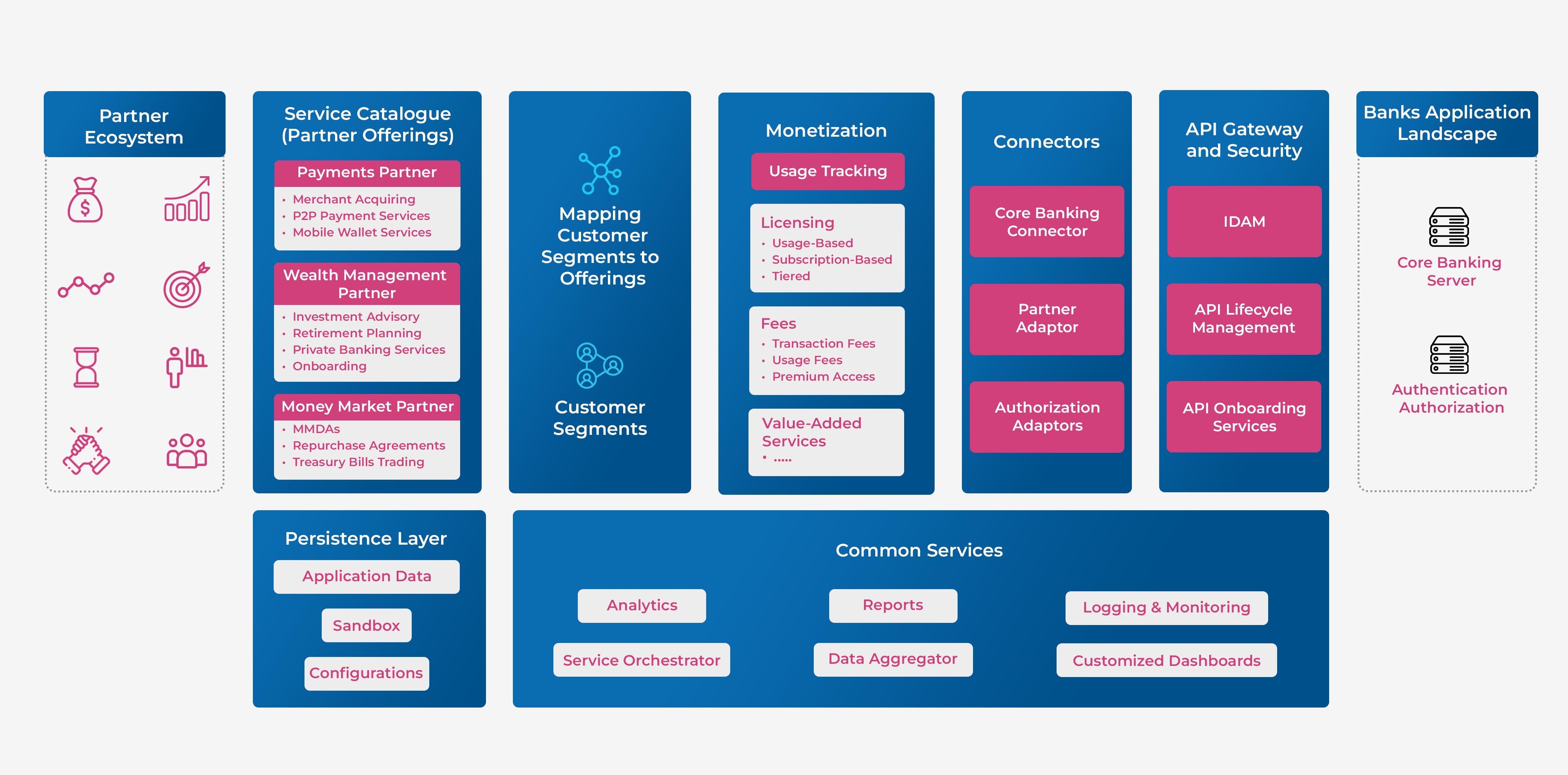AI in Incident Management: Transforming the Landscape of IT Operations
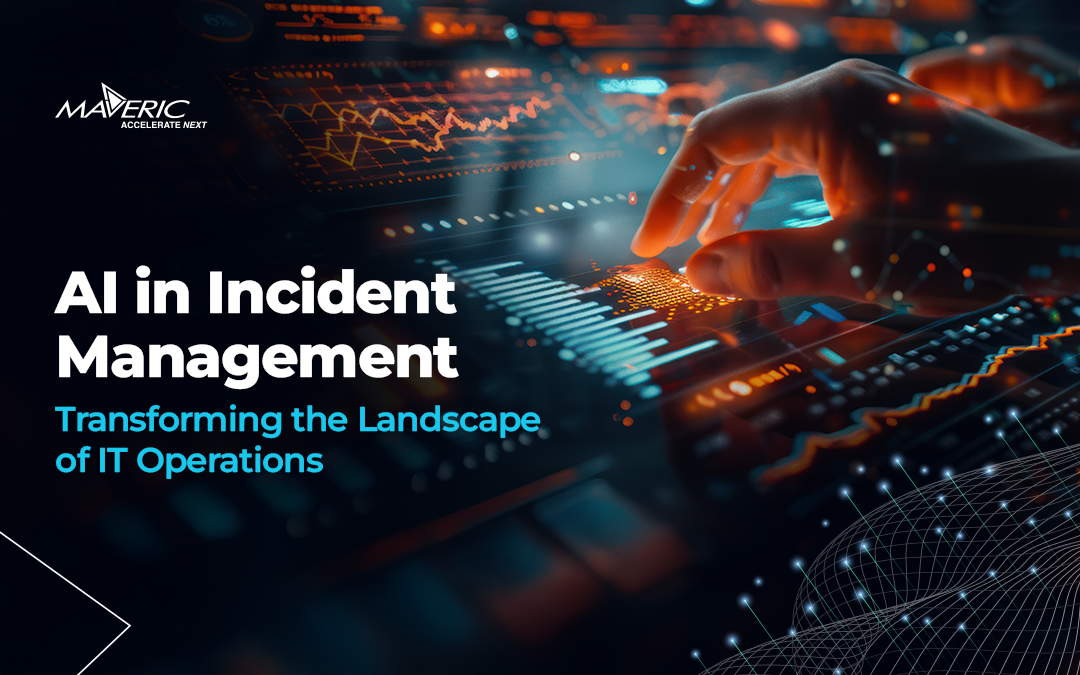
Incident management is a critical function in IT operations, ensuring that disruptions are addressed promptly, and systems remain functional. With the integration of Artificial Intelligence (AI), incident management has evolved from being reactive to proactive and predictive. AI and automation are reshaping the way businesses respond to incidents, optimize resources, and improve efficiency.
Incident Management Landscape powered by AI
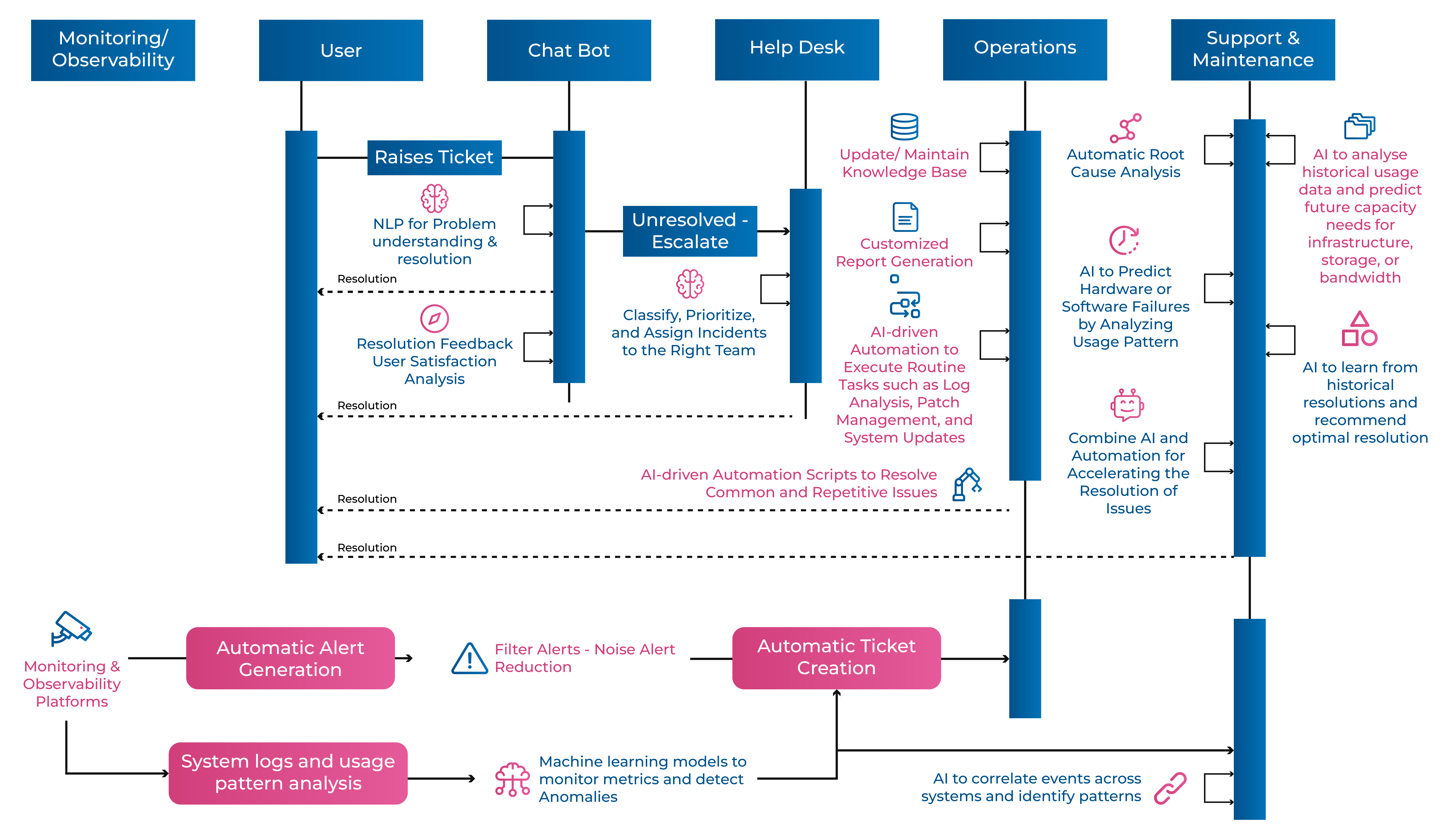
Spotlight: AI-Driven Issue Management Use Cases
AI has significantly transformed incident management, introducing both reasoning capabilities and automation-driven features. We can classify the use cases into two broad categories: AI with the ability to reason and AI for automation.
AI with the Ability to Reason
AI for Automation
Automation is leveraged to reduce manual effort, streamline repetitive tasks, and increase operational efficiency:
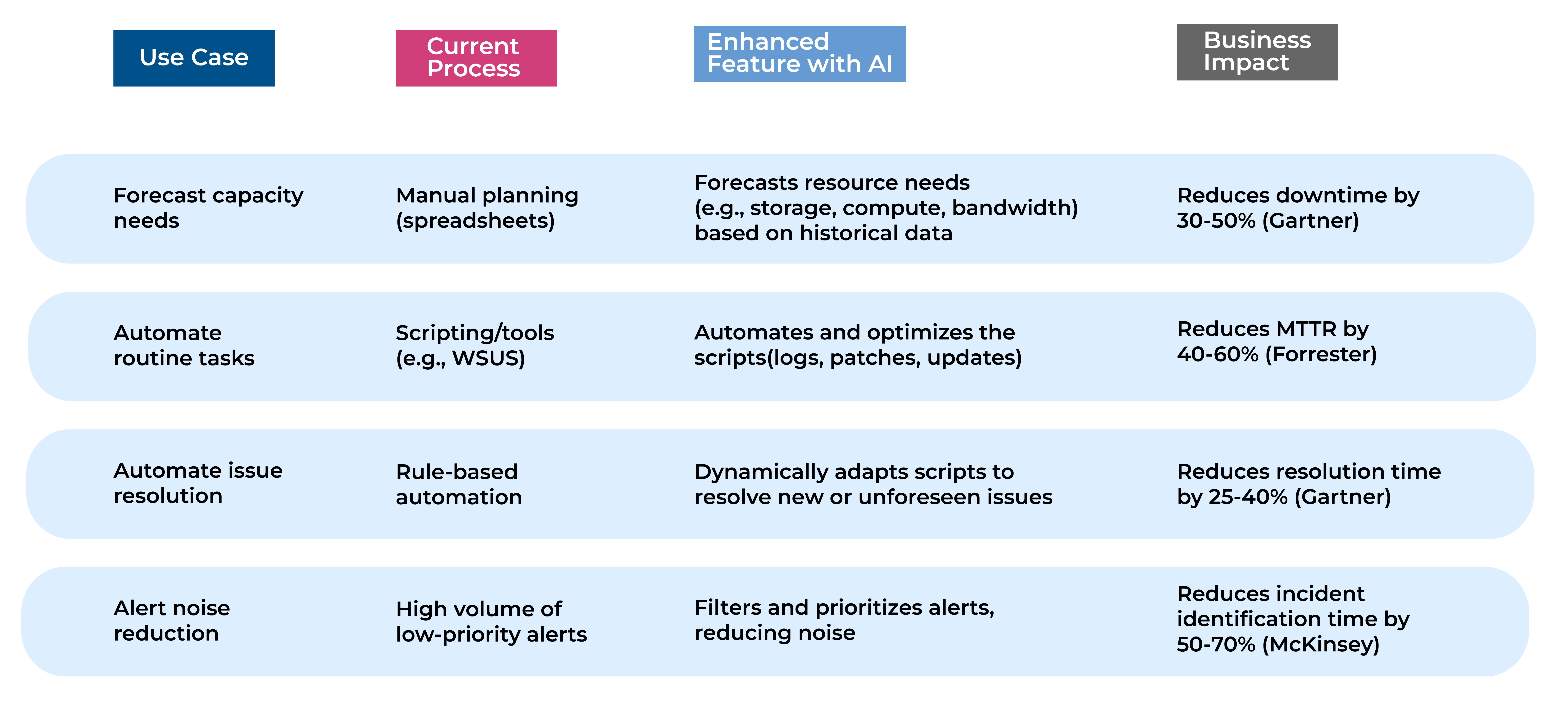
Market Insights: The AI Revolution in Incident Management
The integration of AI in incident management is revolutionizing IT operations by enhancing efficiency, reducing downtime, and improving service delivery. A Gartner report predicts the IT operations market will grow by 16.1% annually from 2023 to 2026, with AI-powered IT operations (AIOps) at the forefront. By 2026, 75% of IT teams will use AI-driven automation for incident management, minimizing manual intervention and speeding up issue resolution.
AI is already delivering measurable benefits:
- 30% reduction in resolution time and 50% faster response times by automating classification, prioritization, and incident assignment.
- Up to 40% cost savings by reducing manual tasks and optimizing system performance, with 45% of IT teams reporting a decrease in routine manual labor.
- AI is also shifting incident management from reactive to proactive, with 60% fewer outages and a 50% reduction in unplanned downtime thanks to predictive maintenance and anomaly detection.
Overall, AI is significantly improving operational efficiency, reducing costs, and preventing incidents before they occur.
Industry Best Practices: How to Make AI Work for You
1. Data Quality is King
When adopting AI, data quality is essential. In fact, poor data quality costs businesses a staggering $3.1 trillion each year. Without clean, structured, and up-to-date data, your AI models simply won't perform well, which is why ensuring good data is a non-negotiable step.
2. Start Small, Scale Smart
Once you have solid data, it's tempting to jump in with full-scale AI projects. But many organizations find that starting small and scaling smart is the best approach. Around 54% of businesses begin their AI journey with pilot projects, testing the waters before going big. This helps them iron out kinks and build confidence. Once pilots are successful, 38% then expand their AI efforts.
3. Integrate with Existing IT Tools
AI works best when it integrates smoothly with your existing IT systems. 80% of companies that successfully adopt AI ensure it's compatible with their current infrastructure. This integration allows them to enhance, not replace, what they already have—boosting efficiency without reinventing the wheel.
4. Keep Learning and Evolving
But AI isn't a set-and-forget solution. To keep it effective, it needs to evolve continuously. McKinsey found that organizations that regularly update and retrain their models see up to 40% better decision-making. This ongoing optimization ensures AI remains sharp and relevant as your business grows and market conditions change.
5. Human-AI Collaboration
Finally, AI isn’t here to replace people it's here to complement human expertise. A large majority, 72%, of workers believe AI should assist human decision-making rather than replace it. Organizations that strike the right balance between human and AI collaboration see a significant uptick in productivity, with some reporting a 50% boost in profitability.
Future Trends: What’s Next for AI in IT Issue Management?
- Proactive, Predictive AI: The future of IT management is all about predicting issues before they happen. Imagine AI not just identifying problems but proactively resolving them before they even reach the IT team. This is where AI-driven predictive analytics will truly shine, making IT operations more anticipatory than reactive.
- Fully Autonomous IT Operations: The ultimate goal is for AI to take full control of routine IT tasks. In the near future, AI will be able to manage end-to-end issue resolution with minimal human oversight, allowing IT teams to focus on higher-level strategy while AI handles the day-to-day operations.
- Smarter Knowledge Management: AI will revolutionize knowledge management by continuously updating and refining knowledge bases based on real-time data. This means that IT support teams will always have the most current information at their fingertips, improving the speed and accuracy of issue resolution.
With 25 years of expertise in BankTech, Maveric has been at the forefront of driving transformative solutions in the banking domain.
Through the Maveric BankTech Insights newsletter, we bring you deep insights overcome digital friction in Banking that not only attract but also retain and delight customers for the long term. Wish to know more? Subscribe to our Newsletter
